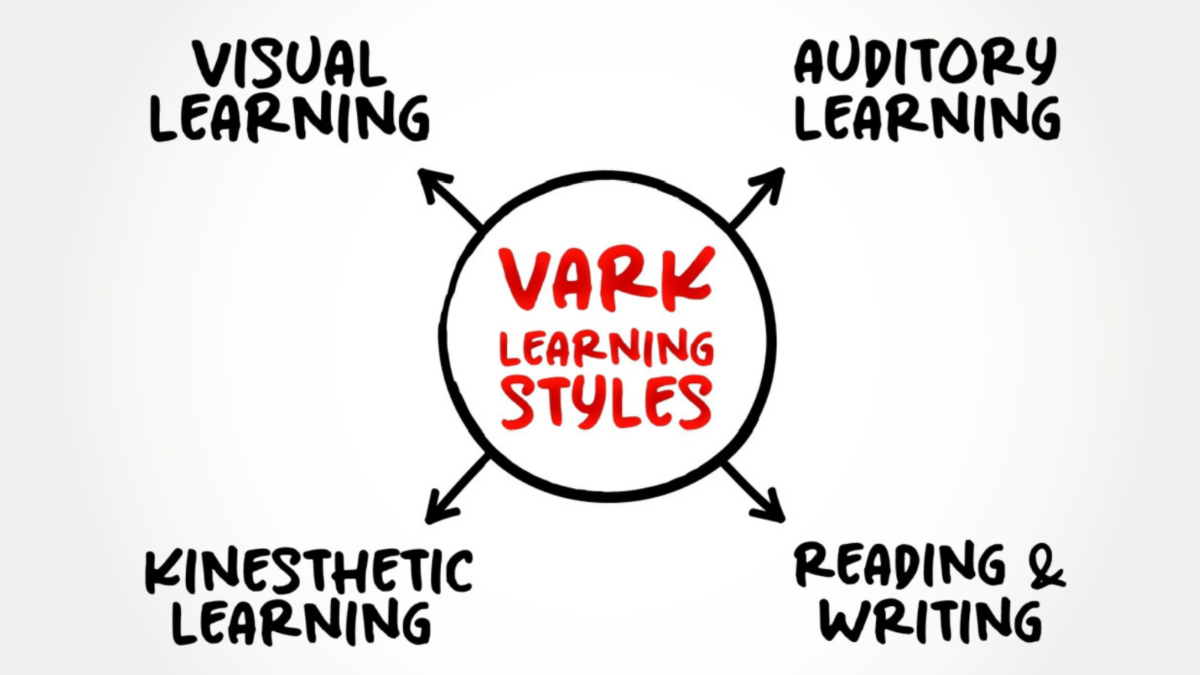
Learning Styles Debunked
Long considered an essential tool for teachers, learning styles are now being questioned as effective educational resources.
The Myth of Learning Styles
The idea of using learning styles to guide teaching goes back decades and suggests that every child has a distinct and preferred way of learning, such as visual, auditory, or kinesthetic. Once a pillar of teaching strategies, learning styles are now being dubbed myths due to a lack of evidence supporting their benefits and contradictory results in research data.
While there’s no denying that each child has a unique and nuanced way of learning, an increasing number of psychologists, researchers, and educators no longer support the use of learning styles in instruction. To better understand the shift in perspectives around learning styles, let’s explore their origins, the research debunking their benefits, and how to turn learning style myths into an opportunity to approach teaching in a new way.
What Are Learning Styles?
The term learning styles is used to describe how people gather, organize, and understand information. There are four primary learning styles, although some approaches break learning into numerous different styles.
The Four Primary Learning Styles
- Visual
Visual learners learn best by seeing things. For example, gathering information through charts, graphs, and images would appeal to a visual learner, as well as using different colors or symbols to break down pieces of information.
- Auditory
Auditory learners learn best through hearing information. Lectures, discussions, reading aloud, and other ways of listening to new information work well for this style of learning.
- Kinesthetic
Kinesthetic learners prefer learning through doing. In other words, they benefit from hands-on activities that allow them to touch, feel, and use their senses while learning.
- Read/Write
Read/write learners prefer learning through reading new information and/or writing information down. Reading books, taking notes, and writing essays and summaries can be helpful for this learning style.
Who Created Learning Styles?
If you search the internet for the founder of learning styles, the answers include the likes of Aristotle, Maria Montessori, and psychologists Howard Gardner and David Kolb. However, today’s approach to learning styles is primarily based on the VAK method, established by researchers Walter Burke Barbe, Michael Milone, and Raymond Swassing in the 1980s.
The VAK approach supports the idea that people prefer learning in one of three modalities–visually, auditorily, or kinesthetically. The VAK method became the VARK method when Neil Fleming, a New Zealand teacher and researcher, added a fourth learning style to the acronym–read/write.

The VAK approach supports the idea that people prefer learning in one of three modalities–visually, auditorily, or kinesthetically. The VAK method became the VARK method when Neil Fleming, a New Zealand teacher and researcher, added a fourth learning style to the acronym–read/write.
Why are Learning Styles Debunked?
After decades of being a guide for educators, learning styles are now being reevaluated by researchers, who are questioning the studies that touted their benefits and the feasibility of people adhering to only one way of learning.
Much of what shapes the argument of learning style myths revolves around the philosophy of selecting and adhering to only one style of learning and if this limits a child’s learning. There are several reasons why researchers are starting to reassess this long-standing educational tool.
Flawed Research & Unfounded Results
As explained on PsychologicalScience.org, a team of researchers in the psychology of learning reviewed the research on learning styles and found that many did not use “the randomized research designs that would make their findings credible” and that “nearly all of the studies that purport to provide evidence for learning styles fail to satisfy key criteria for scientific validity.”
Additionally, as summarized by EducationNext.org, there’s not enough evidence proving the effectiveness of teaching for one specific learning style. For example, in a study of 400 students, those who studied using methods in line with their learning style did not perform better than students who studied without consideration for their learning style.
In 2008, psychological scientist Harold Pashler and several colleagues examined over 70 studies on learning styles and found no substantial evidence to support their existence. The review concluded that matching instructional methods to learning styles did not enhance learning outcomes.
Humans Use All of Their Senses
Additional research underscores the concept that humans rely on and employ all of their senses when encountering new or unfamiliar experiences and information. MindTools.com summarizes the work of neuroscientist Susan Greenfield, who argues against people learning in specific categories because “humans have evolved to build a picture of the world through our senses working in unison, exploiting the immense interconnectivity that exists in the brain.”

Learning Styles Change
In their book, Supporting Effective Learning, educational researchers Eileen Carnell and Caroline Lodge explain that learning styles tend to fluctuate depending on environment, circumstance, and over time. The idea that learning styles change was further supported by a four-year research study of healthcare students that concluded “Learning styles can change depending on the context, environment, teaching method, and the subject of learning material and are probably a flexible changing feature rather than a fixed inherent feature a student possesses.”
Do Educators Still Use Learning Styles?
Despite a growing amount of evidence suggesting learning styles are myths, many educators continue to use them, partly because they’ve been taught to do so. The idea of using learning styles as a key teaching tool has appeared in textbooks, exams, and other instructional material for educators for years, embedding it into a standard approach to teaching.
An article by EducationNext.org cites a 2017 survey of 598 educators, in which “76 percent agreed that ‘individuals learn better when they receive information in their preferred learning style,’ and 71 percent agreed that ‘children have learning styles that are dominated by particular senses.’”
A New Approach to Learning Styles
As many educators and parents know, children do learn in varying ways and in ways that involve much more than the established VARK method. For example, some may find that a child’s learning preferences change depending on the subject or the time of day.

The founder of the VARK method himself even explains that many children fit into a “multimodality” category of learning, or a way of learning that involves more than one learning style. According to VARK-Learn.com, two-thirds of the population falls into the multimodality category. In other words, people tend to use a variety of ways to learn.
With that in mind, embracing all learning styles and mixing them in as needed may be helpful when teaching children something new. Children tend to learn well when material is presented to them in a variety of ways, such as looking at pictures while a book is read aloud; searching for pine cones after a lesson on plant life cycles; or writing a narrative about thunderstorms after studying weather systems.
Presenting information in several different ways creates multiple opportunities for a child to engage and connect with the material and begin understanding it on a variety of levels.
Some educators may also blend their ideas of learning styles with differentiated instruction. Differentiated instruction involves tailoring teaching methods and content to meet individual student’s needs, taking into account a child’s prior knowledge, interests, and learning goals.
ABCmouse’s expert advice review process:
Our team of ABCmouse Curriculum Experts, made up of talented professionals in early childhood education and development, take a close look at educational content and learning claims. They put in the effort to make sure our information is accurate and current. We have a certified educator or another respected authority review the content, matching their expertise with the topic at hand. They’ll make sure the content is thorough and follows the latest research and educational guidelines. If they think we can make things even better, they’ll chat with our editorial team, and we’ll make those improvements right away. Only after a reviewer gives their thumbs-up does a piece of content get the official stamp of approval in the byline.
